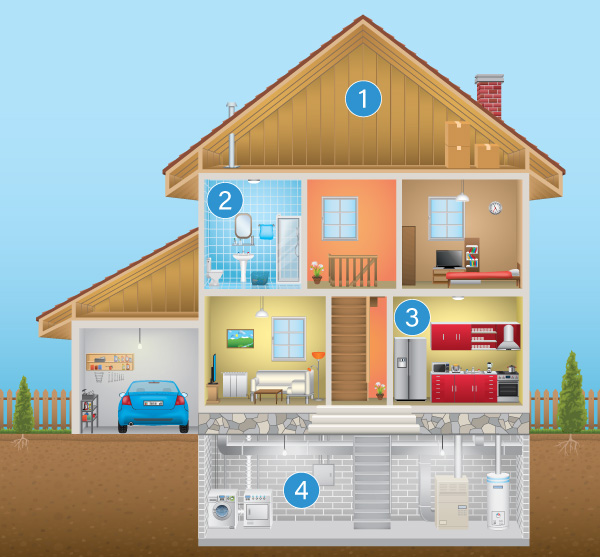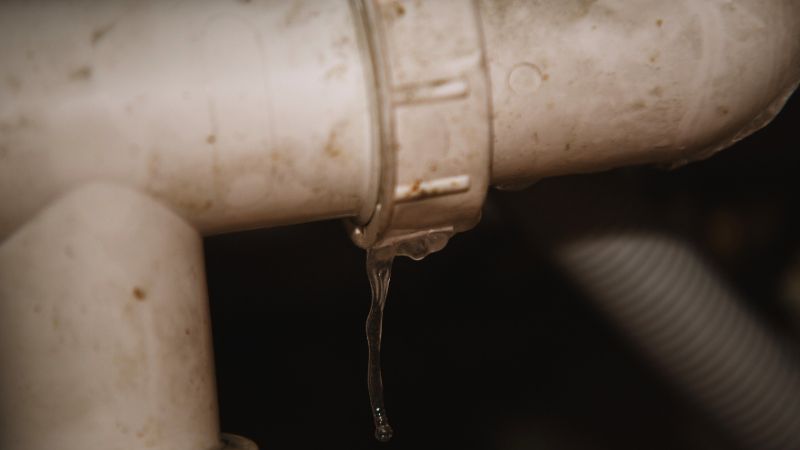
As a homeowner, it’s important to maintain your property regularly to preserve its value and avoid major problems in the future. Mold is certainly one of the worst problems you can have with your property since it can easily grow unnoticed. In my many years as a mold remediation expert, I’ve been able to identify the most common causes of mold in a home. I’ve come up with nine, which I’d like to share with you today. I hope this information will help you stay vigilant and address potential problems as quickly as possible before indoor mold starts to grow.
Quick Links
- Is Mold Growth in Homes a Common Issue?
- Understanding Mold Growth: The Basics
- What Areas of the Home Are Most Often Affected by Mold?
- Potential Reasons for Mold Growth in Your Home
- How to Keep Mold Out of Your Home?
- Preventing Mold: The Key to a Healthy Home
Is Mold Growth in Homes a Common Issue?
Mold in homes is a relatively common issue, affecting households worldwide. It grows in damp areas and will thrive if moisture isn’t controlled. However, the speed and spread of mold growth depend on environmental factors, construction materials, ventilation systems, and maintenance practices. Health Canada warns that mold could be more prevalent in certain parts of Canada due to climate changes, which can result in higher moisture levels and mold exposure indoors. It’s important, therefore, to remain vigilant about maintaining the integrity of your home by preventing mold growth.
Understanding Mold Growth: The Basics
The causes of mold in a home are mainly fueled by three key elements: moisture, organic matter, and favorable temperature. While mold spores exist nearly everywhere, they need a damp environment to flourish. Once an infestation occurs, mold remediation becomes necessary for thorough removal. Additionally, mold requires sustenance to survive; common household materials like wood, drywall, carpeting, and fabric are popular breeding grounds. When combined with temperatures ranging from 2 to 40 degrees Celsius, these conditions create an optimal environment for mold spores to propagate. Over time, mold becomes visible to the naked eye as it continues to spread within your home, perpetuating its growth cycle. This process can take as little as 24 to 48 hours after spores land on a suitable surface.


